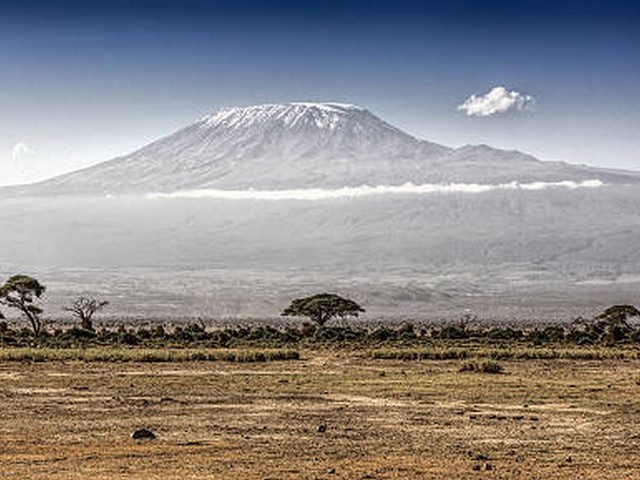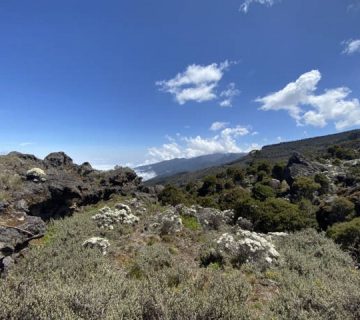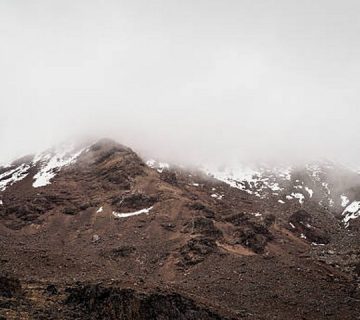Conquering the Roof of Africa Safely: Essential Kilimanjaro Trekking Safety Tips
When you set your sights on the majestic Mount Kilimanjaro, you’re not just planning a trek; you’re preparing for the adventure of a lifetime. Standing proudly as Africa’s tallest peak, this grand mountain beckons trekkers from all corners of the globe with its snow-capped summit and breathtaking views. However, the journey to Uhuru Peak is not without its challenges. At the Kilimanjaro Centre for Trekking and Ecotourism (KCTE), we believe that preparation is key to a successful and safe trekking experience. In this detailed guide, we’ll walk you through vital Kilimanjaro trekking safety tips to ensure you not only enjoy but also triumph over this iconic mountain.
Understanding the Majesty of Mount Kilimanjaro
Before diving into the safety tips, let’s appreciate the grandeur of Kilimanjaro. With its three volcanic cones—Kibo, Mawenzi, and Shira—Kilimanjaro is not just a mountain; it’s a natural wonder. Trekking this mountain means experiencing diverse ecosystems, from lush rainforests to alpine deserts. Each step brings a new sight, a new challenge, and a new opportunity to witness the harmony of nature.
Pre-Trek Preparation: Start with Safety in Mind
Health Check and Fitness Level
Your journey to the summit begins long before you set foot on the mountain. It starts with thorough health checks and physical preparation. Consult with your doctor to ensure you’re fit for high-altitude trekking and address any health concerns. Cardiovascular training, strength exercises, and altitude training can greatly enhance your stamina and reduce the risks associated with high-altitude hiking.
Choosing the Right Gear
Packing the right gear is crucial for your safety and comfort on Kilimanjaro. Here’s what you should include:
- Thermal layers and insulation: Temperatures on Kilimanjaro can plummet, especially at night.
- Quality hiking boots: Ensure they are well-broken-in to avoid blisters.
- Hydration systems: Staying hydrated is key to avoiding altitude sickness.
- Sun protection: Include sunglasses, sunblock, and a hat.
- Navigation tools: Although your guide will lead the way, having a map and compass can be useful.
On the Trail: Staying Safe as You Ascend
Acclimatization: The Slow and Steady Win
Altitude sickness is a real concern on Kilimanjaro. To mitigate this, choose a route that allows for proper acclimatization. Our experts at KCTE recommend the Lemosho or the Machame routes for their longer itineraries that allow your body to adjust to the altitude gradually.
Hydration and Nutrition
Keeping your body fueled and hydrated is pivotal. Eat meals rich in carbohydrates, and drink plenty of water throughout your trek. Avoid alcohol and caffeine as they can dehydrate you and exacerbate altitude sickness symptoms.
Follow the Lead: Expert Guides Make All the Difference
Our certified and experienced guides at KCTE are your greatest allies on the mountain. They are trained to assess safety, manage risks, and provide first aid if necessary. Trust their judgment, follow their pace, and communicate openly about how you feel throughout your journey.
Weather and Environmental Considerations
Understanding Kilimanjaro’s Weather Patterns
The mountain can be capricious with its weather. Prepare for sudden changes by carrying layered clothing and waterproof gear. Understanding the best times to climb—typically during the dry seasons (January to March and June to October)—can also lead to a more pleasant experience.
Respect the Mountain: Leave No Trace
Preserving the pristine nature of Kilimanjaro is everyone’s responsibility. Stick to the marked trails, carry out all your trash, and respect the wildlife. This not only ensures your safety but also protects the natural habitat.
After the Descent: Post-Trek Care and Reflection
Reaching the summit is exhilarating, but remember that the descent is part of your journey. Descend slowly, rest adequately, and celebrate safely. Once you’re off the mountain, take time to recover physically and reflect on your accomplishment. Share your experiences to inspire others and consider documenting your journey through photos and journals.
Why Choose KCTE for Your Kilimanjaro Adventure?
At Kilimanjaro Centre for Trekking and Ecotourism, we’re more than just a tour operator. We are your partners in adventure, dedicated to providing a safe, enriching, and unforgettable trekking experience. Our expert guides, detailed preparations, and commitment to safety are designed to bring your dream of reaching the summit within reach. Choose KCTE, and let us guide you safely to the top of Africa.
FAQs About Kilimanjaro Trekking Safety
What is the best time of year to climb Kilimanjaro for optimal safety?
The best times are during the dry seasons, from January to March and from June to October, when the weather is most stable.
How can I prevent altitude sickness?
Acclimatize properly by choosing a longer route, ascend slowly, stay hydrated, eat properly, and listen to your body’s needs.
What should I do if I experience severe altitude sickness symptoms?
Inform your guide immediately. Severe symptoms can be life-threatening, and descent may be necessary to ensure your safety.
Can beginners safely climb Kilimanjaro?
Yes, with proper preparation, even beginners can safely climb Kilimanjaro. Choosing the right route and having a guided tour significantly enhances safety.
In conclusion, climbing Kilimanjaro is an extraordinary challenge that, when met with the right preparation and mindset, offers unparalleled rewards. Remember, it’s not just about reaching the peak—it’s about embracing every step of the journey safely and responsibly. Ready to start your adventure? Contact Kilimanjaro Centre for Trekking and Ecotourism today, and let’s make your dream climb a reality.




